Home>Interior Design>How Much Does Interior Design Cost
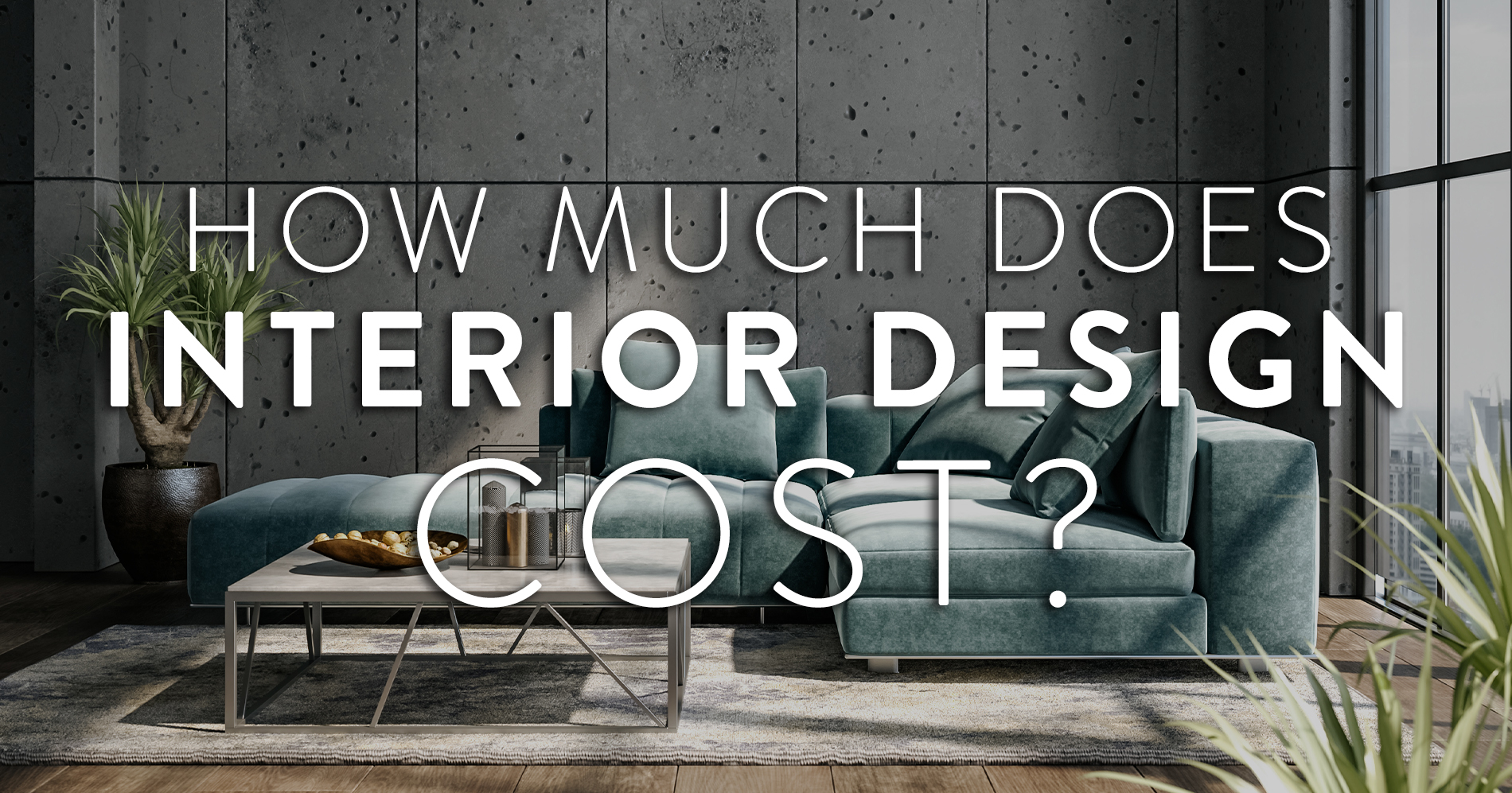

Interior Design
How Much Does Interior Design Cost
Modified: November 2, 2024
Discover the average cost of interior design services and get insights on factors that affect pricing. Find out how to budget for your dream interior design project with our helpful guide.
(Many of the links in this article redirect to a specific reviewed product. Your purchase of these products through affiliate links helps to generate commission for Storables.com, at no extra cost. Learn more)
Introduction
Interior design plays a vital role in creating appealing and functional spaces that reflect our personal style and enhance our daily lives. Whether you are considering a renovation project or looking to revamp your existing space, it’s crucial to have a clear understanding of the costs involved. In this article, we will explore the various factors that can affect the cost of interior design, discuss the advantages of hourly rates versus flat fees, provide a typical range of interior design costs, and offer some budget-friendly tips for those looking to spruce up their homes without breaking the bank.
When it comes to interior design costs, there are several factors to consider. First and foremost, the scope of the project will greatly impact the overall cost. Are you looking to redesign a single room or an entire house? The size and complexity of the space will dictate the amount of time and resources needed to complete the project, thus influencing the cost.
Additionally, the level of customization and detail required will also play a role in determining the cost. Are you seeking bespoke pieces, custom furniture, or unique finishes? These elements often come with a higher price tag, as they require additional time and expertise to source and execute.
The experience and reputation of the interior designer can also impact the cost. Highly sought-after designers with a strong portfolio and extensive industry experience may charge higher rates for their services. However, it’s important to remember that a higher price does not always guarantee superior results, so conducting thorough research and reviewing a designer’s previous work is crucial.
Furthermore, geographic location can influence the cost of interior design. Design services tend to be more expensive in major cities or affluent areas, due to higher living expenses and increased demand for luxury design services.
Now that we have discussed the factors that can affect interior design costs, let’s explore the advantages of hourly rates versus flat fees. Hourly rates are typically beneficial for smaller projects or when the scope of work is uncertain. In this pricing model, the designer charges an hourly fee for the time spent on the project. On the other hand, flat fees are a predetermined sum agreed upon at the beginning of the project. This pricing structure is more common for larger projects with a well-defined scope of work. Both pricing models have their pros and cons, and the choice ultimately depends on the specifics of the project and the preferences of the client.
Now that we have a basic understanding of the factors that can impact interior design costs and the advantages of different pricing models, let’s delve into the typical range of interior design costs in the next section.
Key Takeaways:
- Understanding the factors that influence interior design costs, such as project scope, materials, and expertise, is crucial for effective budgeting and decision-making. Consider the advantages of hourly rates versus flat fees to align with your project’s needs and preferences.
- Embrace budget-friendly interior design tips, from shopping secondhand to DIY projects, to achieve a stylish and inviting space without overspending. When hiring an interior designer, ask essential questions to find the right fit for your project and budget.
Factors Affecting Interior Design Costs
When it comes to determining the cost of an interior design project, there are several key factors to consider. Understanding these factors will help you budget effectively and make informed decisions throughout the design process.
1. Scope of the Project: The size and complexity of the project directly influence the cost. Redesigning a single room will generally cost less than renovating an entire house. The number of rooms, square footage, and the level of customization required all play a role in determining the overall cost.
2. Design Style and Complexity: The design style you choose and the level of intricacy involved will affect the cost. For example, a minimalist design with clean lines and simple furnishings may cost less than a more elaborate and ornate design with intricate details and luxurious materials.
3. Materials and Finishes: The types of materials and finishes you select can significantly impact the overall cost. High-end materials such as natural stone, hardwood flooring, and custom-made furniture will come at a higher price compared to more budget-friendly alternatives.
4. Customization and Special Features: Adding custom elements or special features, such as built-in cabinetry, architectural details, or smart home technology, will increase the cost of the project. These unique touches require additional time, expertise, and materials to implement.
5. Design Team and Expertise: Hiring a reputable and experienced interior design team can incur higher costs. However, their expertise, industry connections, and ability to bring your vision to life can greatly enhance the final result.
6. Geographic Location: The cost of interior design services can vary depending on the geographic location. Major cities and affluent areas often have higher living expenses and increased demand for design services, which can drive up the cost.
7. Project Timeline: The timeline for completing the project can impact the cost. Rushed projects with tight deadlines may require additional resources, overtime hours, or expedited shipping, leading to higher costs.
8. Project Management: If you choose to hire an interior designer to manage the project, their project management fees will be an additional cost to consider. However, having a professional oversee the project can save you time, stress, and ensure a smooth execution.
It’s essential to consider these factors and communicate your priorities and budget constraints to your interior designer. By doing so, they can tailor the design and provide you with cost-effective alternatives without compromising on quality and aesthetics.
Now that we’ve explored the factors affecting interior design costs, let’s discuss the pros and cons of hourly rates versus flat fees in the next section.
Hourly Rate vs. Flat Fee: Which is Better?
When hiring an interior designer, one of the key decisions you’ll need to make is whether to go with an hourly rate or a flat fee pricing structure. Each option has its advantages and considerations, so it’s important to understand the differences before making a choice.
An hourly rate is a pricing model where the designer charges based on the time spent working on the project. This can be beneficial in situations where the scope of work is uncertain or if you anticipate changes and revisions throughout the design process. Hourly rates allow for flexibility, as you only pay for the actual time spent on the project. This pricing model is commonly used for smaller projects or those with an unpredictable timeline.
On the other hand, a flat fee is a set amount agreed upon at the beginning of the project, regardless of the actual time spent. This pricing structure is often used for larger projects with a well-defined scope of work. It provides a clear and fixed cost, which can be advantageous for budgeting purposes. Flat fees are typically based on an estimate of the time, resources, and expertise required to complete the project successfully.
So, which is better? The answer depends on various factors such as the project size, complexity, and your personal preferences. Here are some considerations to help you make an informed decision:
1. Project Scope: If you have a clear vision and a well-defined scope of work, a flat fee may be more suitable. However, if there is a possibility of changes or if the project scope will evolve over time, an hourly rate may be more flexible and cost-effective.
2. Budget: Consider your budget constraints. A flat fee provides certainty, allowing you to plan and budget accordingly. However, hourly rates can be more cost-effective for smaller projects or those with minimal revisions and changes.
3. Transparency: Hourly rates offer transparency as you can see how much time is spent on each aspect of the project. This can be useful for tracking expenses and understanding the breakdown of costs. With a flat fee, the designer takes on the responsibility of managing their time and resources to deliver the project within the agreed price.
4. Trust and Reputation: If you have a high level of trust in the designer’s expertise and reputation, a flat fee may be more favorable. You can have confidence that they will deliver a high-quality result within the agreed budget. On the other hand, if there are uncertainties or concerns, an hourly rate allows you to have more control and oversight of the project.
It’s important to discuss pricing options with your interior designer and evaluate how each option aligns with your specific needs and preferences. Consider the project’s size, complexity, budget, and your desired level of involvement. A reputable designer will be able to provide guidance and recommend the most suitable pricing model for your project.
Now that we’ve discussed the pros and cons of hourly rates versus flat fees, let’s explore the typical range of interior design costs in the next section.
Typical Range of Interior Design Costs
Interior design costs can vary significantly depending on various factors such as project size, complexity, location, and the level of customization desired. While it’s challenging to provide an exact cost without specific project details, we can explore the typical range of interior design costs to give you a general idea.
1. Consultation Fee: Many interior designers offer an initial consultation or design fee, which can range from $100 to $500 or more. This fee covers the designer’s time spent understanding your needs, evaluating the space, and providing initial design recommendations. Some designers may offer a complimentary consultation, especially if you decide to hire them for the entire project.
2. Hourly Rate: For projects billed on an hourly basis, interior designers typically charge between $50 and $200 per hour, depending on their experience level and location. Keep in mind that higher-end or more experienced designers may command higher hourly rates.
3. Flat Fee: Flat fees can vary greatly depending on the scope and complexity of the project. For smaller residential projects, flat fees can range from $1,000 to $10,000 or more. Larger projects, such as full-scale renovations or commercial spaces, can have flat fees ranging from $10,000 to $100,000 or higher.
4. Percentage of Project Cost: Some designers charge a percentage of the overall project cost. This fee structure can range from 10% to 30% or more, depending on the designer’s experience and the level of involvement required throughout the project. Keep in mind that this fee structure can quickly add up for larger-scale projects with higher budgets.
5. Materials and Furnishings: The cost of materials, finishes, and furnishings is an additional expense to consider. This can vary greatly depending on your desired quality and level of customization. High-end materials and custom-made furnishings will naturally come with a higher price tag, while more budget-friendly options can help keep costs down.
6. Additional Services: Additional services, such as project management, site visits, or purchasing and procurement, may incur additional costs. Be sure to discuss these services with your designer upfront to have a clear understanding of what is included in their pricing structure.
Keep in mind that these are general ranges, and prices can vary depending on different factors. It’s crucial to discuss your budget and expectations with your interior designer early on in the project. They can provide a more accurate cost estimate based on your specific requirements.
Now that we’ve explored the typical range of interior design costs, let’s discuss some additional expenses to consider in the next section.
When budgeting for interior design, consider the scope of the project, the designer’s experience, and the level of customization. Research average costs in your area to set realistic expectations.
Additional Expenses to Consider
When budgeting for an interior design project, it’s essential to consider not only the fees charged by the interior designer but also other potential expenses that may arise throughout the process. Here are some additional expenses to keep in mind:
1. Furniture and Furnishings: The cost of furniture, decor, and furnishings can vary greatly depending on your style preferences and the quality of the items. It’s important to allocate a portion of your budget for purchasing new furniture or updating existing pieces to complement the new design of your space.
2. Materials and Finishes: Upgrading materials and finishes can significantly impact the overall cost. Whether you’re looking to install high-quality flooring, custom cabinetry, or luxury countertops, it’s advisable to research the costs of these materials and factor them into your budget accordingly.
3. Contractors and Tradespeople: Depending on the scope of your project, you may need to hire contractors or tradespeople for various tasks such as electrical work, plumbing, painting, or carpentry. These services come with their own costs, so it’s important to obtain quotes and consider them when budgeting for your project.
4. Permits and Licenses: Depending on the nature of your project, you may need to obtain permits or licenses from local authorities. These can come with associated fees, so it’s important to research the requirements of your area and budget for these expenses accordingly.
5. Delivery and Shipping: If you are purchasing furniture, decor, or materials from different suppliers or locations, be sure to account for delivery and shipping costs. These expenses can vary depending on the size, weight, and distance of the items being shipped.
6. Unexpected Costs: It’s important to have a contingency fund for unexpected expenses that may arise during the project. This could include unforeseen issues during construction, additional design requests, or changes to the original plan. Having a buffer in your budget will help you navigate these situations without compromising the quality of the project.
7. Post-Design Maintenance: After the interior design is complete, you may need to allocate a portion of your budget for ongoing maintenance and upkeep. This can include regular cleaning, repairs, or refreshing aspects of the design over time to keep your space looking its best.
By considering these additional expenses and incorporating them into your budget, you can ensure a realistic and comprehensive financial plan for your interior design project.
Now that we’ve discussed additional expenses to consider, let’s explore some budget-friendly interior design tips in the next section.
Read more: How Much Does A Screened-In Porch Cost
Budget-Friendly Interior Design Tips
Creating a stylish and inviting space doesn’t have to break the bank. With some creativity and strategic planning, you can achieve a beautiful interior design while staying within your budget. Here are some budget-friendly tips to consider:
1. Determine Your Priorities: Identify the key areas or elements that are most important to you. Prioritize your spending on those aspects while finding cost-effective alternatives for other areas. This will help you allocate your budget wisely and focus on what matters most to you.
2. Shop Secondhand: Don’t underestimate the treasures you can find in thrift stores, flea markets, or online platforms for used furniture and decor. Often, these items can be revitalized with a fresh coat of paint or reupholstery, saving you money while adding unique character to your space.
3. DIY Projects: Embrace your creative side and tackle some do-it-yourself projects. From simple furniture makeovers to creating your own wall art, DIY projects can be a cost-effective way to add personal touches to your space and save money in the process.
4. Repurpose and Upcycle: Instead of buying new, consider repurposing or upcycling items you already have. Give old furniture a new life by refinishing or repainting it. Turn vintage suitcases into stylish storage solutions. Not only will this save you money, but it will also add a unique and eclectic feel to your design.
5. Focus on Paint: Painting is one of the most budget-friendly ways to transform a space. Choose a fresh color palette that suits your style and bring new life to walls, furniture, or even cabinetry. A fresh coat of paint can make a significant impact at a fraction of the cost of other design elements.
6. Opt for Affordable Alternatives: If you have your heart set on a specific style or piece of furniture, but it’s out of your budget, look for more affordable alternatives. There are plenty of budget-friendly brands and retailers that offer quality options at a lower price point. You can achieve a similar aesthetic without compromising on style.
7. Maximize Natural Light: Open up your space and maximize natural light by using sheer curtains or blinds instead of heavy drapes. This simple change can make a room feel more spacious and inviting without costing a fortune.
8. Rearrange and Declutter: Sometimes, the best design change is simply rearranging your existing furniture and decluttering your space. Experiment with different layouts to find the most functional and aesthetically pleasing arrangement. Clearing away unnecessary items can instantly make a room feel more organized and visually appealing.
Remember, a thoughtful and well-executed design doesn’t have to be determined by the amount of money you spend. By employing these budget-friendly tips, you can achieve a stylish and inviting space that reflects your personal style without breaking the bank.
Now that we’ve explored budget-friendly interior design tips, let’s discuss some essential questions to ask when hiring an interior designer.
Hiring an Interior Designer: Questions to Ask
When hiring an interior designer, it’s crucial to find the right fit for your project. To ensure a successful working relationship and a design outcome that meets your expectations, it’s important to ask the right questions. Here are some essential questions to consider when interviewing potential interior designers:
1. Can I see examples of your previous work?: Reviewing the designer’s portfolio will give you a sense of their style and expertise. Look for projects similar in size, scope, or aesthetic to your own to assess if their design approach aligns with your vision.
2. What is your design process like?: Understanding how the designer approaches a project will help you gauge their level of organization and the steps involved in bringing your design to life. Ask about their collaboration process, communication methods, and how they handle project timelines.
3. Can you work within my budget?: Be transparent about your budget from the beginning and ask the designer if they can work within your financial constraints. A skilled designer will be able to suggest cost-effective solutions and make recommendations that align with your budget goals.
4. How will you incorporate my personal style and preferences?: It’s essential to find a designer who can understand and incorporate your personal style into the design. Ask how they plan to gather information about your preferences, lifestyle, and desired outcomes to ensure that the final design reflects your vision.
5. What is your fee structure?: Discuss the designer’s fee structure and clarify what is included in their services. Ask about any additional expenses or potential hidden costs to avoid any surprises later on. This will help you evaluate their pricing and determine if it aligns with your budget.
6. How do you handle changes or revisions during the project?: It’s not uncommon for changes or revisions to arise during the design process. Ask how the designer handles these situations and whether they charge extra fees for revisions or accommodate changes within their existing fee structure.
7. Can you provide references or client testimonials?: Request references or client testimonials to get a sense of the designer’s professionalism and client satisfaction level. Speaking with past clients can provide valuable insights into the designer’s communication skills, work quality, and ability to meet deadlines.
8. Are you licensed and insured?: Inquire about the designer’s professional credentials, such as licensing or certifications, to ensure they have the necessary qualifications to handle your project. It’s also important to confirm if they carry liability insurance to protect against any potential damages or accidents during the project.
Asking these questions will help you assess the designer’s expertise, working style, and suitability for your project. Take the time to interview multiple designers and compare their responses before making a final decision. Remember, finding the right designer is crucial for a successful and satisfying design experience.
Now that we’ve discussed the importance of asking the right questions when hiring an interior designer, let’s conclude our article.
Conclusion
Interior design is an art form that can transform ordinary spaces into extraordinary ones. Whether you’re embarking on a renovation project or looking to refresh your existing space, understanding the factors that affect interior design costs is essential to budget effectively and make informed decisions.
We explored various factors that can impact the cost of interior design, including the project’s scope, design style, materials, and the expertise of the designer. Additionally, we discussed the advantages of hourly rates versus flat fees and highlighted the considerations when choosing the pricing structure that aligns with your project’s needs and preferences.
We provided insights into the typical range of interior design costs, considering consultation fees, hourly rates, flat fees, and additional expenses such as materials, contractors, and permits. This information will help you establish a realistic budget and avoid any unexpected surprises along the way.
Moreover, we shared budget-friendly interior design tips to help you achieve a stylish and inviting space without breaking the bank. From shopping secondhand to DIY projects, these suggestions empower you to make cost-effective decisions while adding a personal touch to your design.
Lastly, we emphasized the importance of asking key questions when hiring an interior designer. By thoroughly vetting potential designers and understanding their previous work, design process, fee structure, and ability to incorporate your personal style, you can find the right professional who will bring your vision to life within your budget.
In conclusion, interior design is an investment that can greatly enhance your living space and improve your quality of life. By considering the factors discussed and implementing the tips provided, you can navigate the world of interior design with confidence, ensuring a successful and satisfying outcome that reflects your style and meets your budgetary needs.
Remember, a well-designed space is not only aesthetically pleasing but also a reflection of your personality and a place where you can truly thrive.
Frequently Asked Questions about How Much Does Interior Design Cost
Was this page helpful?
At Storables.com, we guarantee accurate and reliable information. Our content, validated by Expert Board Contributors, is crafted following stringent Editorial Policies. We're committed to providing you with well-researched, expert-backed insights for all your informational needs.
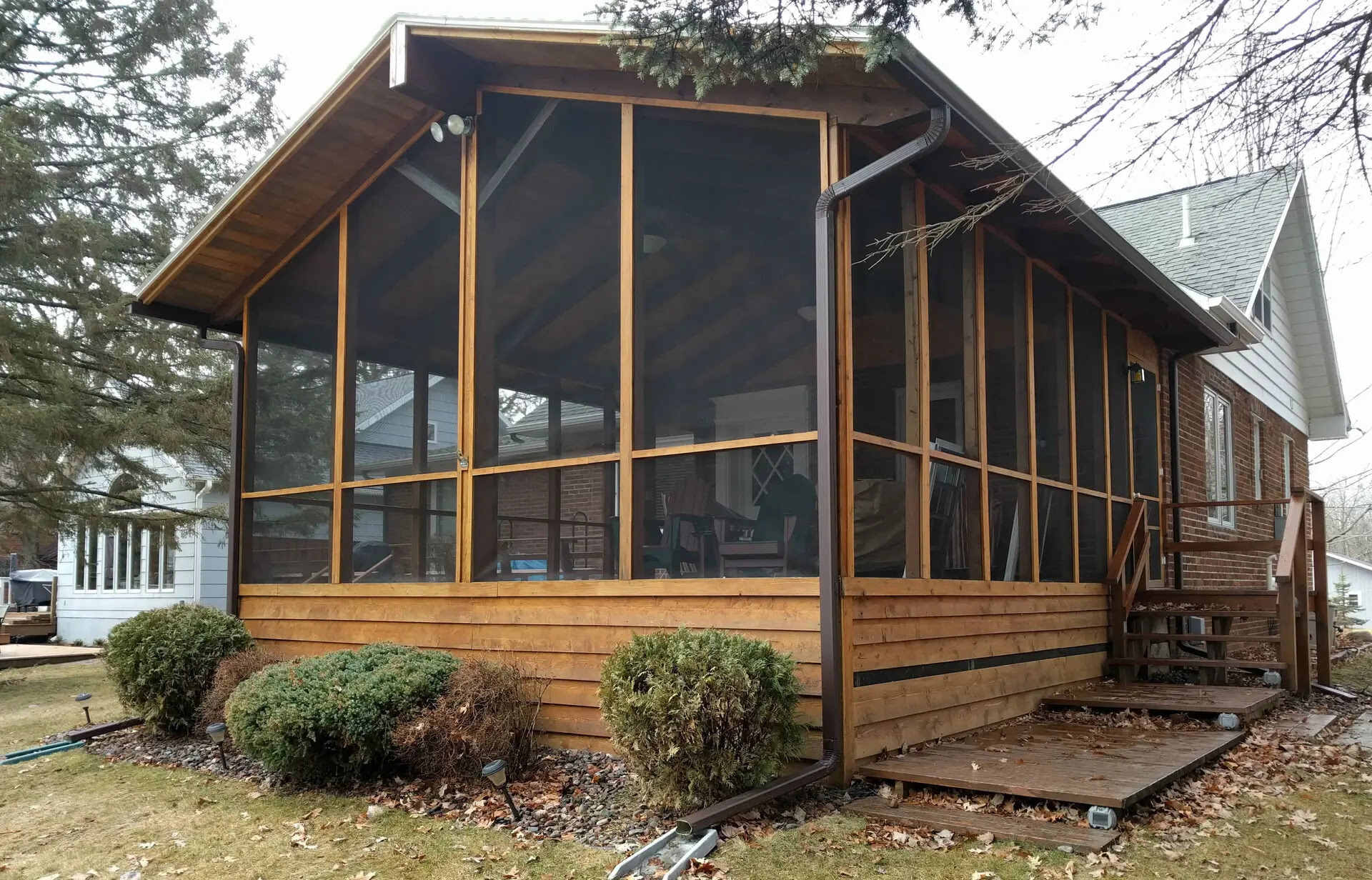
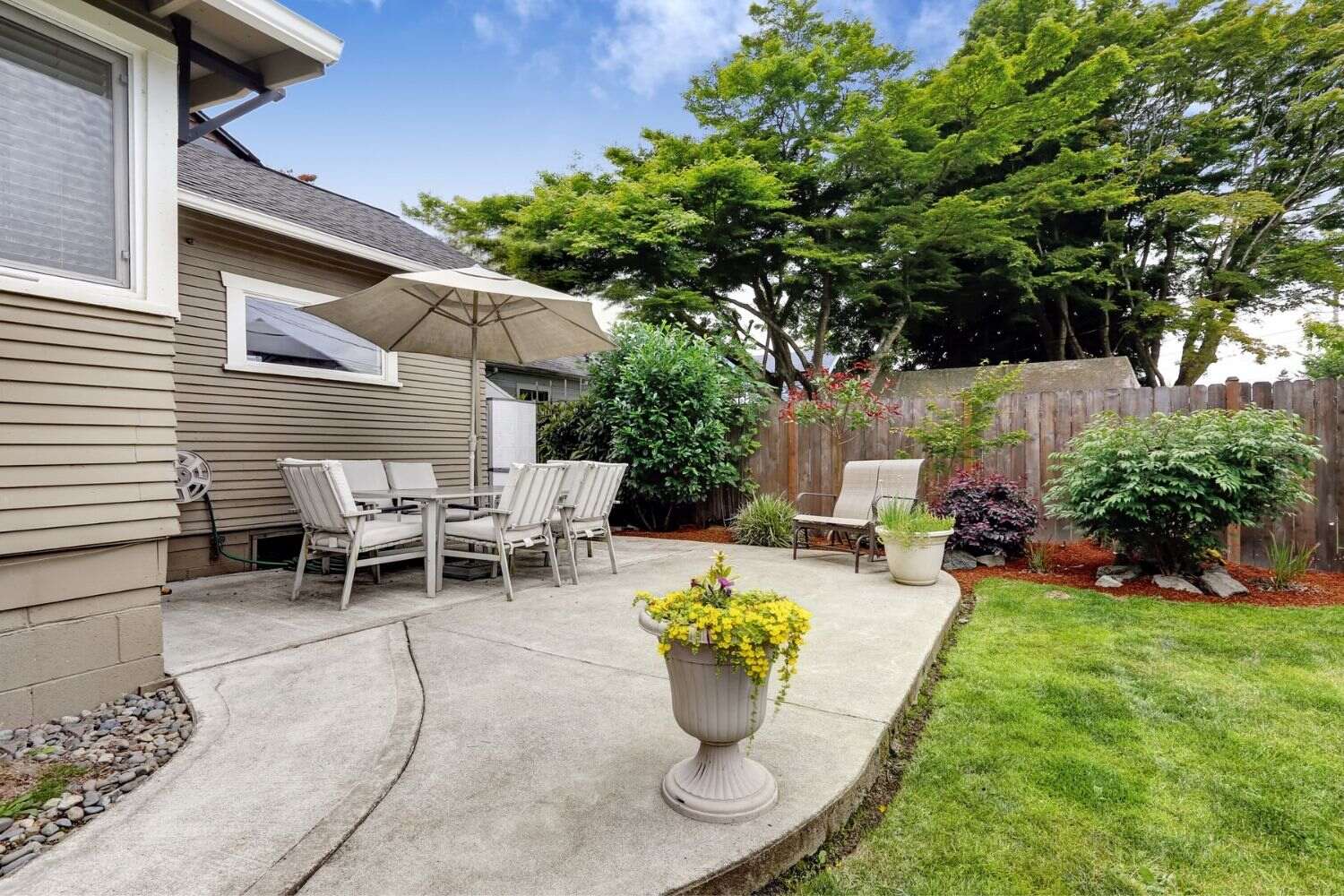
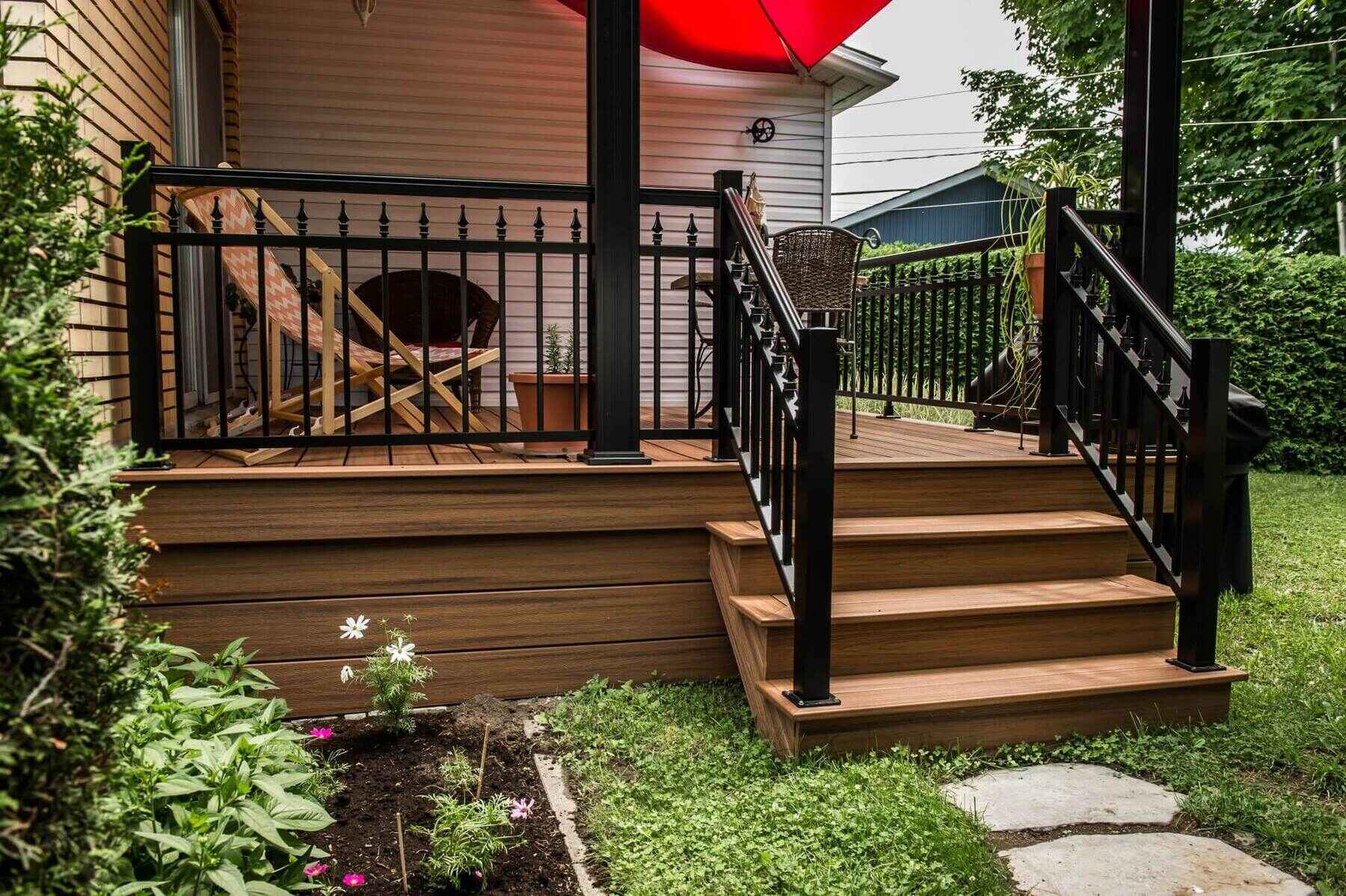
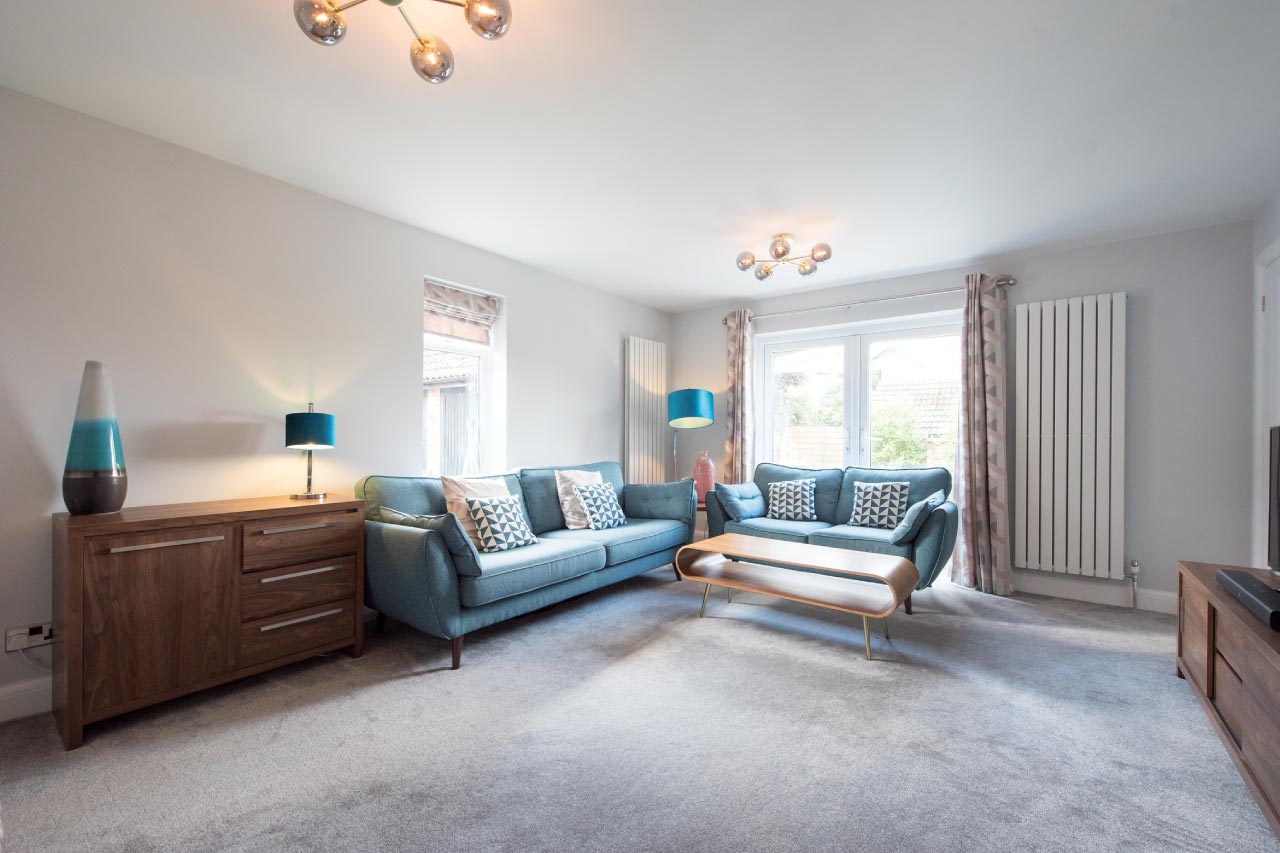
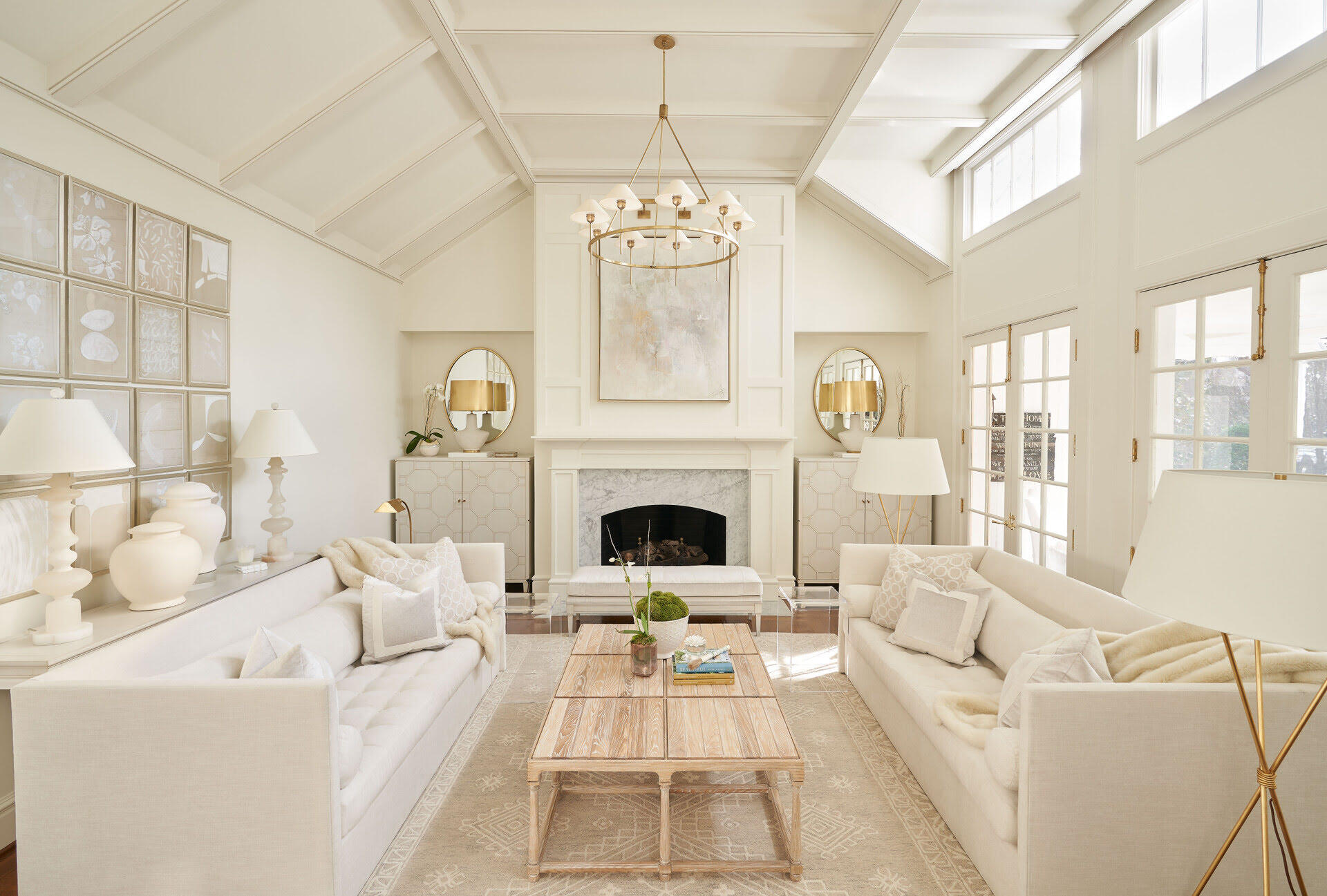
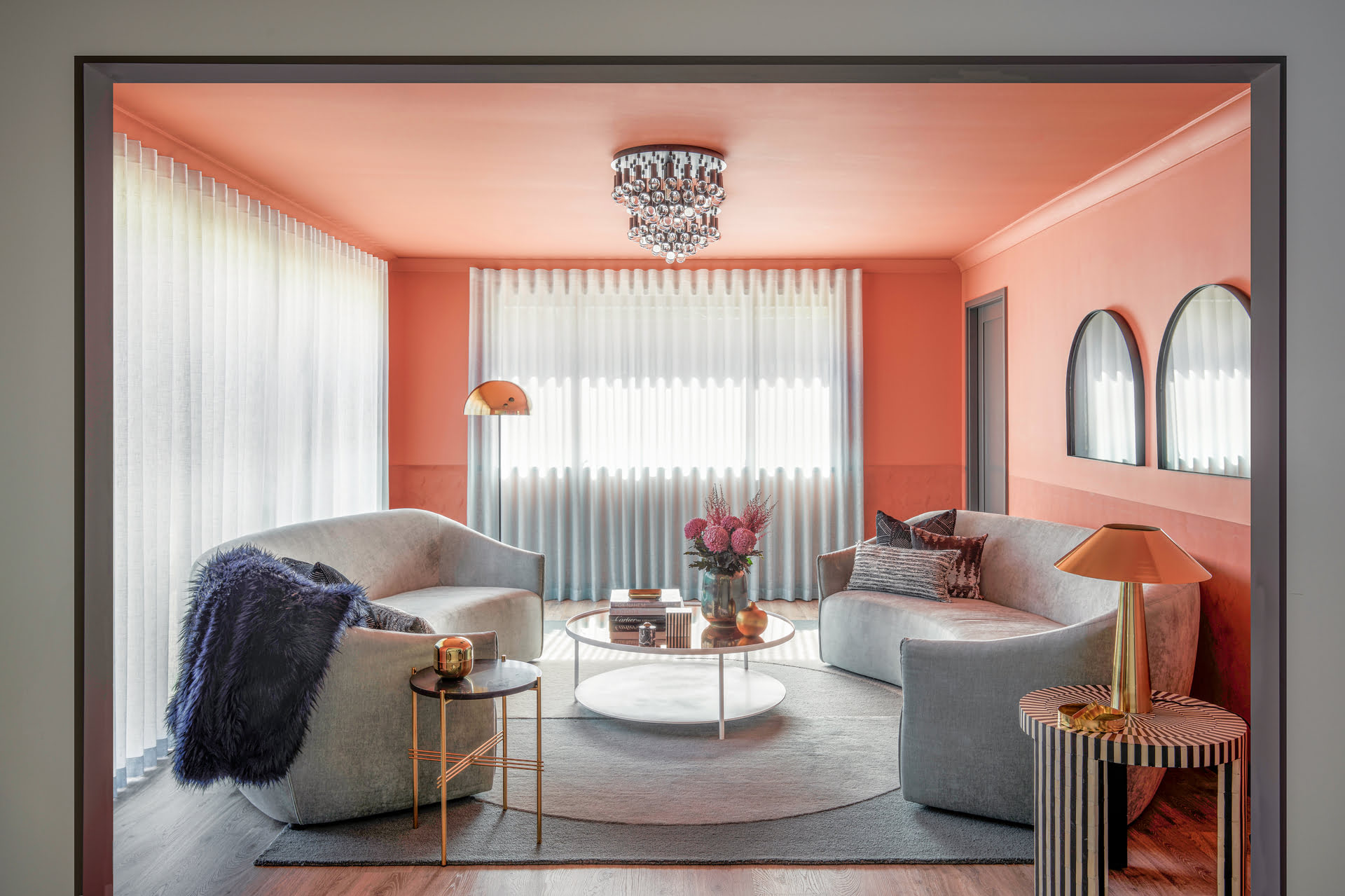
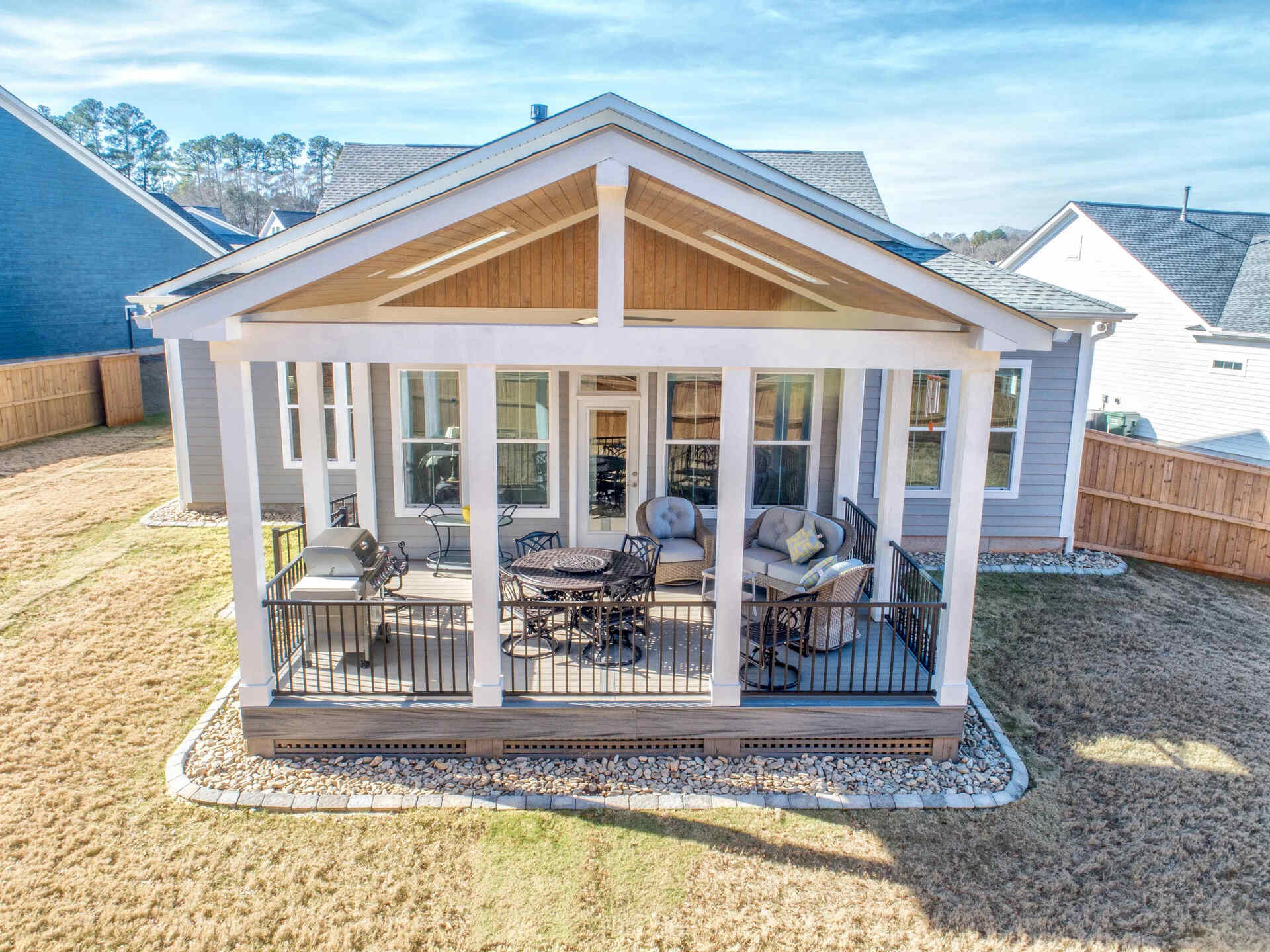

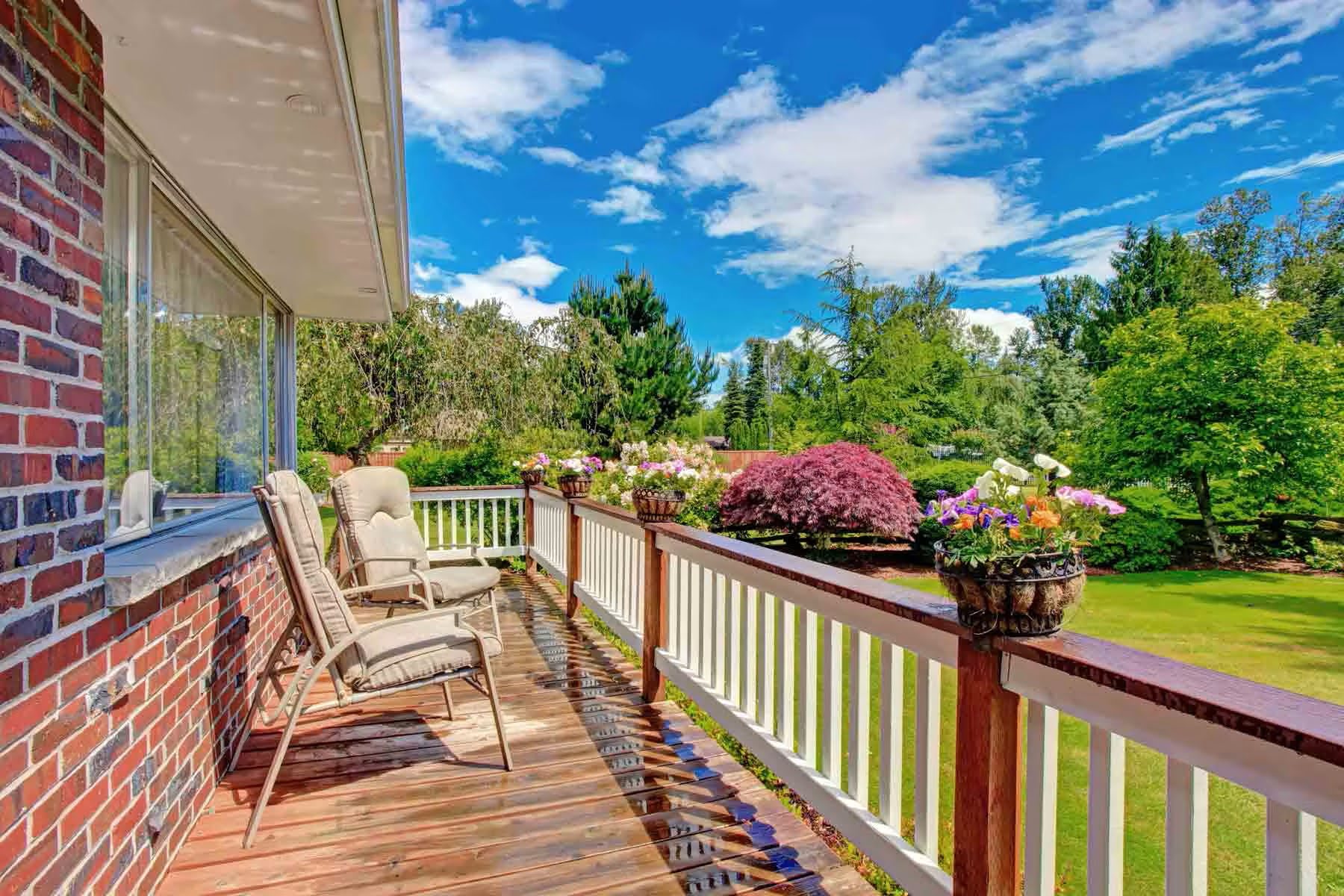




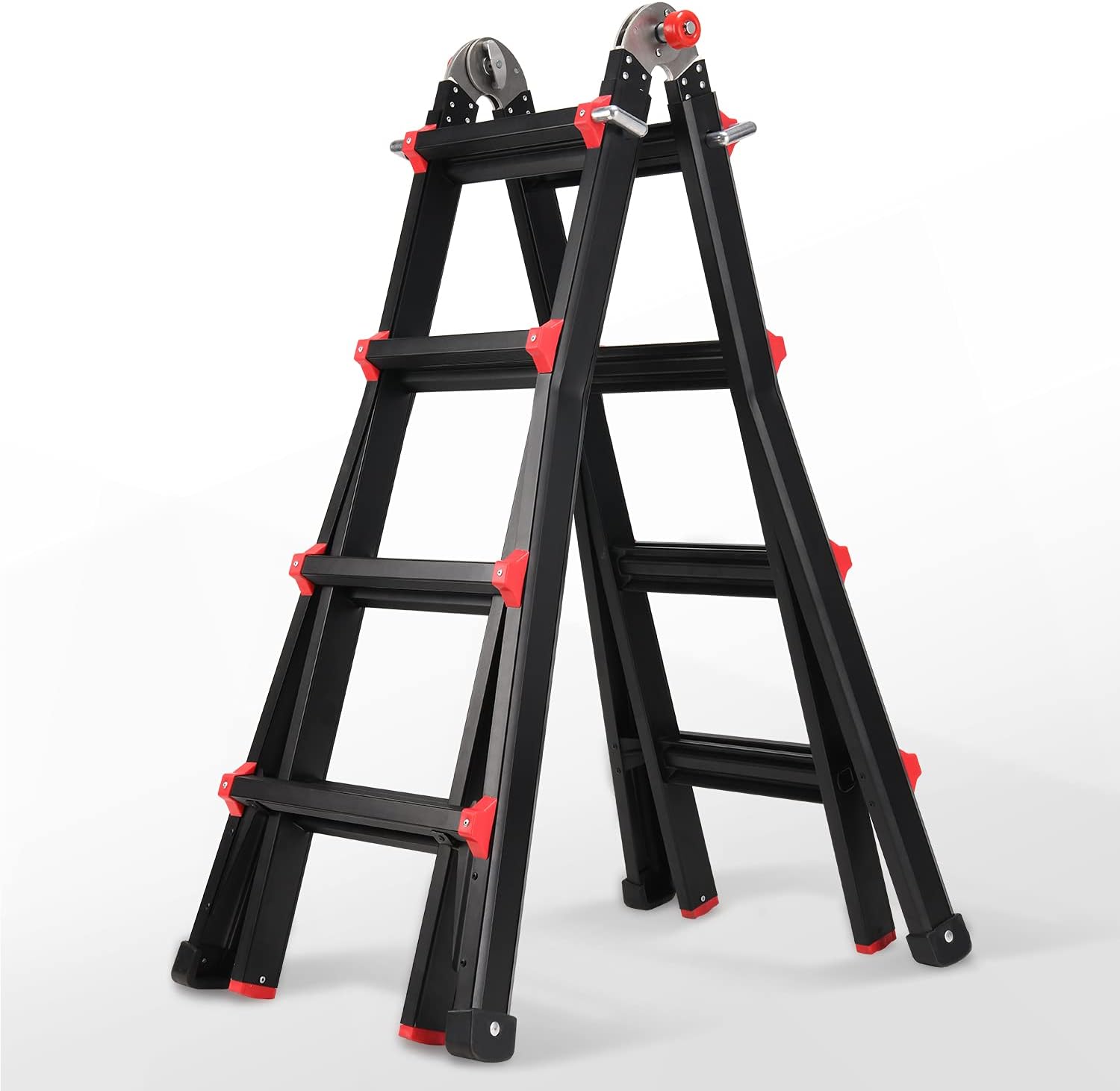

0 thoughts on “How Much Does Interior Design Cost”